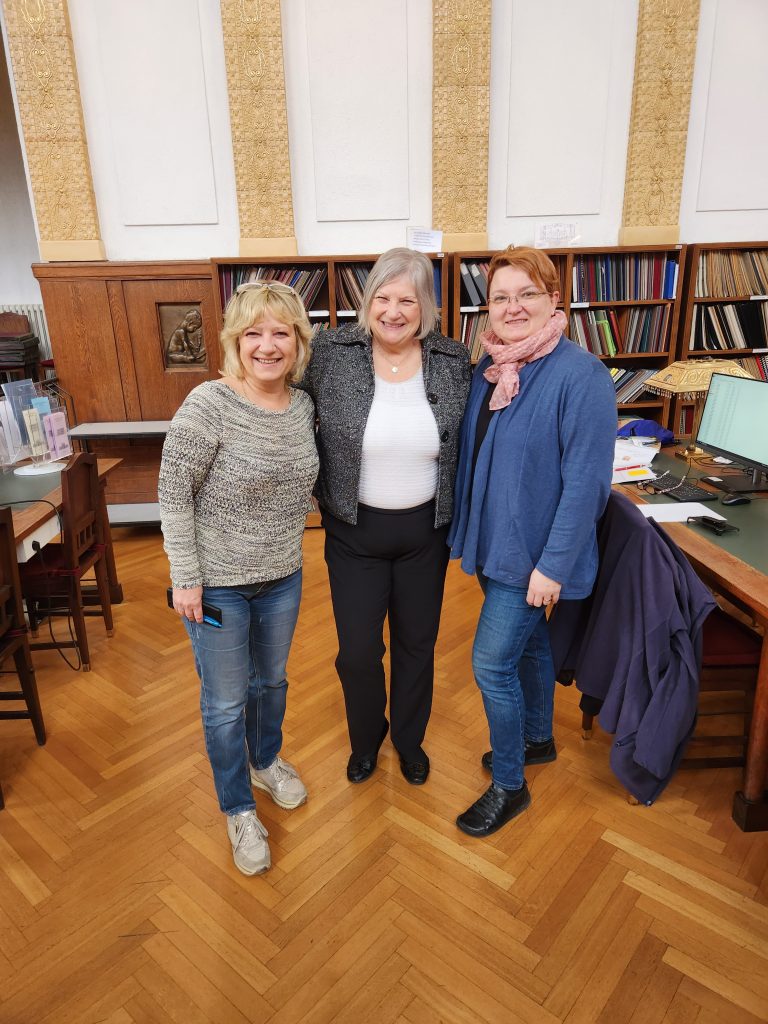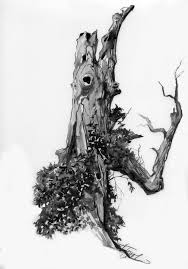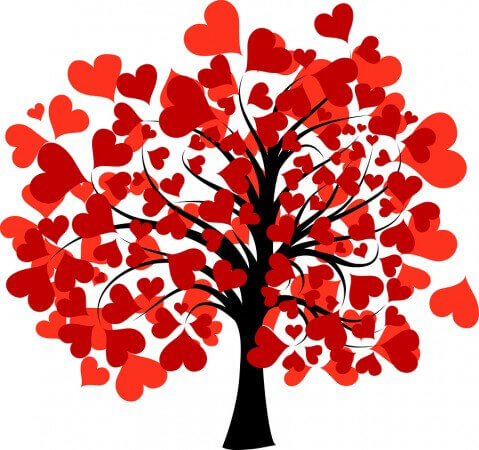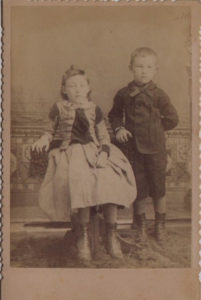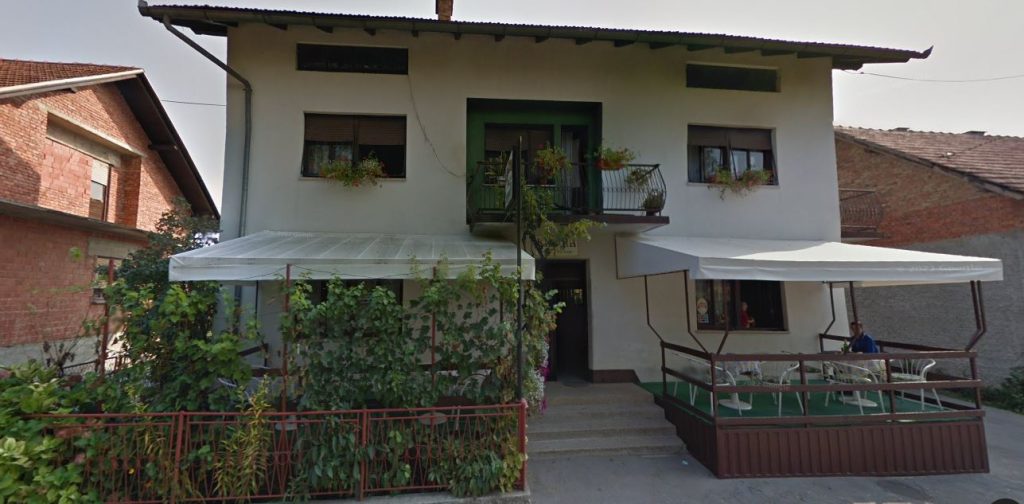
Last week I provided recommendations on best practices for using archives in other countries. This week I’m focusing on making the most when visiting your ancestor’s hometowns.
I always wanted to walk in the village my maternal grandmother had told me about when I was young. She had described the neighborhood church with its cemetery, a family garden, and her maternal side living in the next village.
My grandmother, Mary, emigrated with her mother, Anna, and younger brother, Joseph, in July 1913 when she was 12 years old. She would become a teen a week after arriving in the U.S. My great-grandfather had come 3 years earlier and settled in Chicago after crisscrossing the country working for the Pullman Company.
I had photos of the apartment where they lived in Chicago and the houses they rented and bought in Gary, Indiana, but I had no visual of the home she resided in as a child. Grandma had returned to visit Croatia in the summer of 1960 with her singing group, Preradovic. I have a picture of her with two village women, unnamed, who she said were cousins. Truthfully, Grandma called everyone cousins and she was probably correct as the village in which she was born had only 349 people in 2011. Her mother’s ancestral village, Jerebic, only had 41 people in 2011. If they weren’t cousins, they were called kum or kuma (godfather or godmother). Definitely supports the importance of Elizabeth Shown Mills’ FAN Club! With such small numbers, everyone was connected.
There were 99 houses in town, which one was Grandma’s? For that, I turned to a genealogical report written by Sanja Frigan for my second cousin in 2008. Sanja had gone to the local church and spoke with the priest who shared records. I was able to identify the location as house number 40. This was confirmed through the only FamilySearch.org Dubranec record for my grandmother – her baptism record shows the family living in house number 40. Through the Association of Professional Genealogists, I contacted fellow genealogist Lidija Sambunjak to discover if house numbers were altered since the church record was made in 1900. I highly recommend contacting a local genealogist, historian, or archaeologist as they know details of communities that aren’t available online. Lidija was able to find the new house number. She also found a record that showed the home had been built by 1861 when a census had been taken. Lidija also discovered the home was now a tavern so there was a strong possibility I could go inside and even eat in the location my grandmother had taken her first bites of food!
Getting to Dubranec was an issue; it was outside the city limits of Zagreb so no bus was available. I could Uber/taxi but I didn’t want to just get dropped off. I needed a driver who could take me to all the places I wanted to see, wait while I explored for a bit, and answer questions that might arise from what I was seeing. I was not comfortable with renting a car as I was unfamiliar with the area and there were avalanche and flash flood warnings – not something I wanted to tackle on my own. Plus, I don’t speak Croatian well and a translator would be helpful.
Lidija recommended a colleague, Nikolina Antonić, who was a historian and archaeologist. We agreed on a price for the day and in our email exchanges, she shared with me her dissertation which just happened to be in the area my family resided. Finding a knowledgeable professional might take some time so start looking as soon as you book your trip.
I shared with Nikolina my family stories regarding defending a castle, building a church, going on a pilgrimage, and being titled a nobleman. Her dissertation was about the land records for the area beginning in the 1200s so she was an expert with location and history.
Nikolina met us at our hotel at 9 AM sharp. After reading her dissertation I had questions about how my family fit into the culture of those times. Her answers helped me put the records I had found the day before into perspective. Our first stop was a recreated home that would have been typical of a noble family. Although we couldn’t go inside, we were able to walk the grounds, peer in the windows and my husband found pottery shards in the freshly turned garden. Nikolina identified them as the late 1800s. A few days later we toured a castle in Bled and in the museum was an identical pottery piece labeled the late 1800s. It helped me imagine that my two times great-grandparents likely used a similar jug.
Our next stop was a recreated castle where my family tale says we fought off Turkish invaders. I’ll be writing more about this next week.
As we climbed the mountain through a forest I could visualize my ancestors hunting in the woods. It was breathtakingly beautiful – spring green leaves budding on the trees, a deep blue sky with puffy white clouds – a picture postcard.
The village Dubranec was larger than I expected. From the land records discovered the previous day I knew where some of my family’s property began and ended. The lots have been subdivided over the years and now, many more buildings were housed on what was once farmland. I was disappointed to find the home where my grandmother was born that had been turned into a tavern closed. A man walking down the street informed us that the owner had recently died. The picture at the top was from Google; the building has changed somewhat and for privacy, I am not displaying the photo I took.
Next, we went to the village Jerebeic where my great-grandmother’s family was from. It was about a 5-minute drive further up the mountain. The village was exactly what I had envisioned – all old wooden buildings. The well, unused now, was still there, roosters still roamed the yard, and hay was stored in the barn. I was surprised to learn that my family had been known for their vineyards and some very old plants still produced grapes. Which great grandfather had planted them I don’t know but I still have the recipes. We spoke to the farm’s present owner who knew it had once been owned by the Grdenic family. He kindly let me take photos.
Back down the mountain, our next stop was Our Lady of the Snows Roman Catholic Church. The earthquake had damaged the structure so we could not go inside. I was shocked to see the cemetery intact and with just a few older stones. I learned that rental needs to be paid annually and when it is not received, after a time, the body is dug up, the bones collected, and placed in a group grave. Nikolina was not sure what happened to the old tombstones. The beautiful day had turned rainy and with thunder and lightning overhead, we did not stay long among the graves. I plan on writing to the current priest to obtain more information.
We then drove miles to visit Marija Bistrica, a pilgrimage site. On our way, we saw a group of pilgrims with walking sticks making their way to the church high on a mountaintop. I’ll write more about my great-grandmother’s reason for the pilgrimage next week. I was amazed to see how far she walked over such difficult terrain. I know I come from a strong line of females but this discovery really surprised me.
It was time to return to our hotel as our Gate1 tour was meeting that evening. I will never forget this emotional experience and I believe I would not have gained such insight into my family’s background had it not been for Nikolina’s expertise.
If you are planning an excursion to your ancestor’s home turf, do your research first, then check out transportation options, and hire a guide who is familiar with the area’s history. Although most people in Europe speak English, if you are going to a rural area it is best if you have someone who can translate for you. Don’t forget your camera or phone charger!
Next week I’ll be giving you some tech tips for your ancestral experience.

